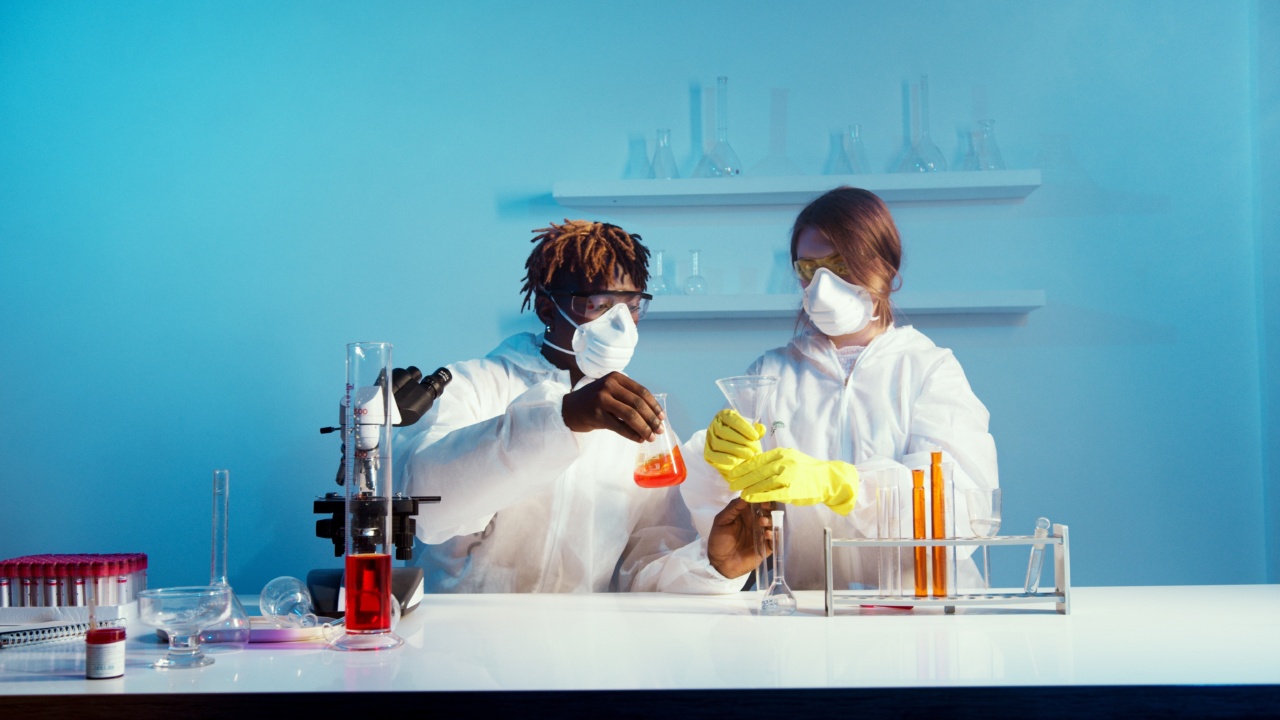Accidents happen when we least expect them. Whether it’s a minor cut or a more serious injury, taking care of ourselves should always be a top priority.
In this article, we will explore some of the finest medical solutions available to treat and heal various types of harm to the body. From quick fixes to long-term rehabilitation, read on to discover the best ways to take care of yourself and get back on track to a healthier life.
The Importance of Seeking Medical Help
When faced with an injury or self-harm, seeking immediate medical attention is crucial. Even seemingly minor wounds can lead to infections or complications if not properly treated.
Furthermore, certain injuries require specialized care, and only medical professionals can provide the knowledge and expertise needed for effective healing.
Cutting and Wound Care
If you have accidentally cut yourself or suffered a laceration, proper wound care is essential.
Depending on the severity of the cut, it can typically be treated at home with basic first aid techniques such as cleaning the wound with mild soap and water, applying an antiseptic, and then covering it with a sterile bandage or dressing. However, deep or extensive cuts may require stitches or medical intervention to avoid infection and promote proper healing.
Burns and Burn Treatment
Burns can be incredibly painful and, depending on their severity, may necessitate medical attention.
First-degree burns, which affect only the outermost layer of skin, can usually be treated at home with cool water, over-the-counter pain relievers, and a topical burn cream. However, second-degree burns, characterized by blistering and more extensive damage, often require professional medical care to prevent infection and aid in the healing process.
Third-degree burns, the most severe type, should always be evaluated and treated by a medical professional.
Fractures and Broken Bones
If you suspect that you have broken a bone or are experiencing severe pain and swelling after an accident, it is crucial to seek immediate medical attention.
Fractures require proper diagnosis through X-rays or other imaging techniques to determine the extent of the injury. Treatment options range from immobilization using casts or splints to surgical intervention, all depending on the location and severity of the fracture.
Following medical advice and receiving appropriate treatment is vital for complete healing and preventing long-term complications.
Sprains and Strains
Joint injuries, such as sprains and strains, are common and can occur during physical activities or accidents. Initially, managing these injuries involves RICE: rest, ice, compression, and elevation.
However, if the pain and swelling persist or if joint function is limited, it is advisable to consult a healthcare professional. They can provide additional treatments such as physical therapy, pain management, or, in severe cases, surgical procedures to ensure proper healing and to restore full functionality.
Head Injuries and Concussions
Head injuries should never be taken lightly. Even a seemingly minor bump on the head can have serious consequences, including concussions, which are a form of traumatic brain injury.
If you experience any persistent headache, dizziness, confusion, or changes in behavior or cognition following a head injury, immediate medical attention should be sought. Medical professionals can conduct necessary tests, advise on appropriate treatments, and monitor your condition to prevent any long-term damage.
Mental Health and Self-Harm
While physical injuries are more apparent, it’s important not to overlook the mental health aspect of self-harm. If you or someone you know is struggling with self-harming behaviors, seeking professional help is crucial.
Mental health professionals can provide the necessary support, therapy, and treatment options to address the underlying issues and help individuals cope with their emotions in healthier ways.
Rehabilitation and Recovery
After receiving medical treatment for an injury, the road to full recovery may require additional rehabilitation efforts. This can include physical therapy, occupational therapy, or counseling, depending on the nature and severity of the harm.
Rehabilitation aims to restore function, reduce pain, and improve overall well-being, ensuring the highest possible quality of life.
Preventing Future Injuries
While accidents happen, taking preventive measures can reduce the risks of self-harm.
Simple precautions such as wearing appropriate safety gear, maintaining a safe environment, and practicing good ergonomics can significantly minimize the occurrence of injuries. Additionally, staying physically active, eating a balanced diet, and getting regular medical check-ups are essential for overall health, making you better prepared to deal with any adversity that may come your way.
Conclusion
When it comes to self-harm or accidental injuries, seeking the finest medical solutions is crucial for successful treatment and recovery.
From immediate first aid care to specialized medical attention, the range of options available ensures that we can regain our health and well-being with the proper treatments and rehabilitation. Remember, taking care of yourself should always be a priority, and consulting medical professionals is the best way to ensure the finest outcomes for healing.






























